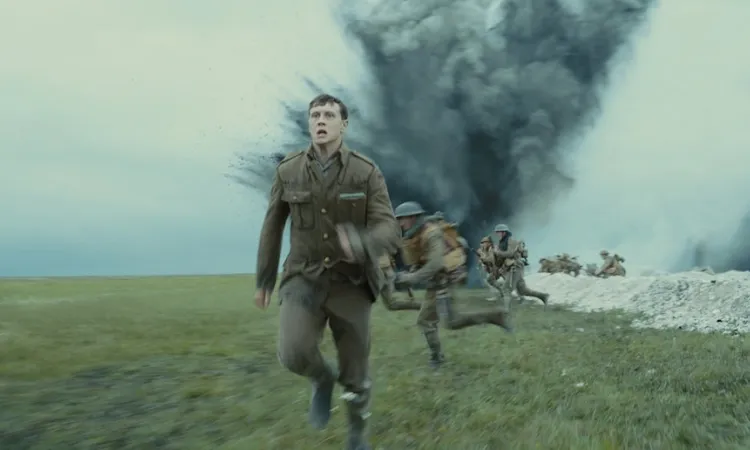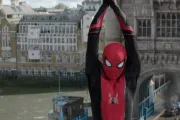Jan 6, 2020
I would like to get through this life without ever having to injure or kill another human being. I suppose I'd have to consider myself a pacifist. My understanding of violence is far too simple, perhaps, for society to function if everyone held my beliefs. But that core disposition is perhaps what has always distanced me from war films.
The war films I do tend to like involve escape plans, like "The Great Escape" or "Stalag 17." While these are narratives about the life of a soldier, most of the killing happens before or after the film. Or in a bloodbath of a third act.
Because of my aversion to the lion's share of war films, my absolute love of director Sam Mendes' "1917" was a welcome surprise. Without a doubt, "1917" is bleak and firmly has earned an R-rating from the MPAA. But Sam Mendes has developed an experiment into a full length movie: The film, with the exception of one intentional cut, is one giant tracking shot.
The camera follows Lance Corporals Blake and Schofield as they traverse the violent backdrop of the front lines of the First World War.



